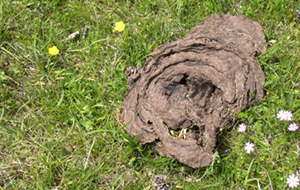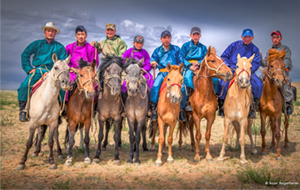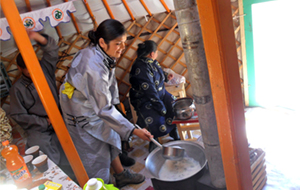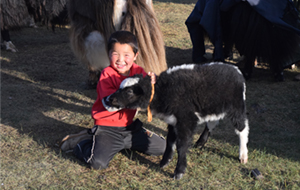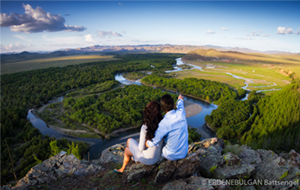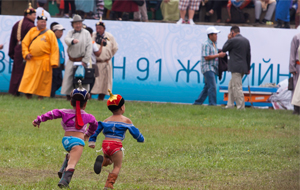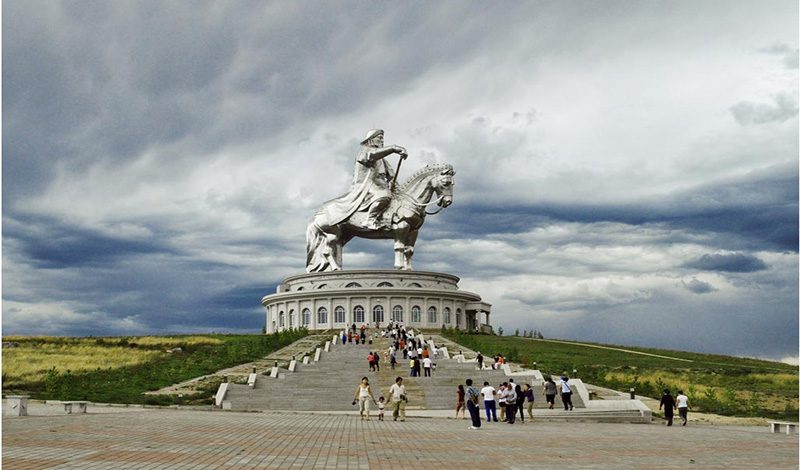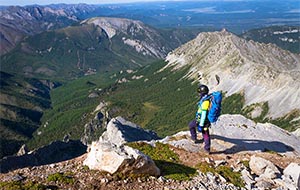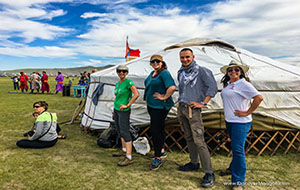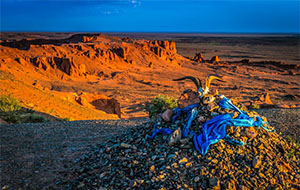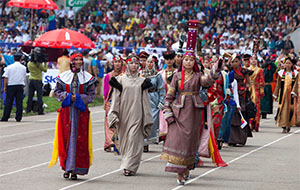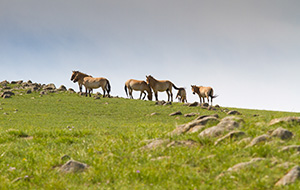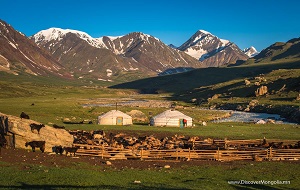1. Geographically, the Huns lived and thrived in the exact territory of today’s Mongolia.
Attila is considered to be one of the most famous and brutal rulers the ancient world had ever seen. He ruled the Huns, for about two decades, by the time it was relocated to the eastern end of today’s Europe in the 400s AD. To reinforce, the Huns were a nomadic group whose origin was documented in Central Asia, namely in today’s Mongolian territory, dated back to the 400s BC. Furthermore, there are some facts, mostly archeological findings[1], as well as fictions about the Huns being connected to Xiongnu nomadic people who disrupted the northern border of China during its Han Dynasty (206BC - 220AD).

In Mongolia, there are several major sites and venues which display archaeological findings from the Huns era discovered by various archaeologists both from Mongolia and overseas. From artistically stunning deer stones to mysteriously lying stone graves, from the Huns time, are found throughout the territory of Mongolia. Therefore, it is undeniable that the origins of the Huns, who once shook Europe, are geographically and archaeologically connected to today’s Mongolia.
2. Globalization was existent long before our time.
Surprisingly, what we call globalization today is happening under much more restrictions and control than those in the ancient time.
Unlike today, geographical and environmental barriers were the biggest hurdles for tribes and people from the ancient time in discovering, learning from, mingling and mixing with other tribes and people.
War was, without a doubt, also an essential part of such a mixture. I am not suggesting such mixture, or conquest in the case of wartime was necessarily a positive thing. Yet, as a matter of fact, a varying version of globalization, triggered by massive migration, allowed the population of the world to mix and blend with one another substantially.
The Huns was not an exception. In fact, as nomads, they had resettled all the way from Central Asia to the Danube river basin by the time Attila became king/ruler of the Huns. Presumably, there were at least few people who preferred to stay back in their original places such as today’s Mongolian territory; and on the other hand, there must have been at least a few who rejoined their tribe later on. Hence, it should not be completely untrue to conclude that there must be at least a slight connection between the ancient Huns and current day Mongolians.
To sum up, geographical alignment and globalization effects, among other speculations and scholarly propositions, suggest that the Attila the Huns was originated from the territory of today’s Mongolia. To those who believe he is more closely linked to Turkic people who also happened to reside in today’s Mongolian territory, I would like to share the following image showcasing a historical monument, found from central Mongolia, dedicated to one of the Turkic rulers – Kultegin (684 -731AD).

 Chat with Us on WhatsApp
Chat with Us on WhatsApp













